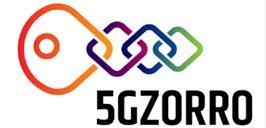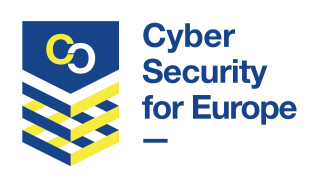6G-OPENSEC aims to provide security, trust, and quantum key distribution (QKD) solutions for 6G transport networks through an open and flexible architecture.
DC4EU will aid in the development of the technical infrastructure to support the interoperability and implementation of the European Digital Identity Framework, through a two-year,
There are three sub-projects (SP) within 6G ENABLERS. Eviden is in subproject 6GENABLERS-DLT, which has two work packages.
The Smart Network and Services Joint Undertaking (SNS JU) 6G flagship project Hexa-X-II leads the way to the end-to-end (E2E) system design (based on integrated and interacting technology enablers)
The main objective of the PREDICT-6G is to design, create and validate e2e 6G solutions providing deterministic services over multiple inter-connected domains and technologies (inc
SECURED will address the limitations which prevent the widespread use of SMPC and effective anonymisation (due to the lack of well understood and standardised data anonymisation methods for health
KRAKEN aims to enable the sharing, brokerage, and trading of potentially sensitive personal data, by returning the control of this data to citizens -data p
Aims to develop solutions for zero-touch service, network and security management in multi-stakeholder environments, making use of Smart Contracts based on Distributed Ledgers Technologies to imple
Aims to lower the barriers for Big Data, IoT, and AI-driven innovation, boosting regulatory compliance, and stimulating additional investment.
The project will provide:
The PHOENIX approach focuses on the protection of the European end-to-end EPES (Electrical Power and Energy System) (from energy production to presumption) via the
Aims to demonstrate the ability of 5G to support multiple vertical use cases concurrently on the same infrastructure.
CyberSec4Europe is designing, testing and demonstrating potential governance structures for a future European Cybersecurity Competence Network using best practice










